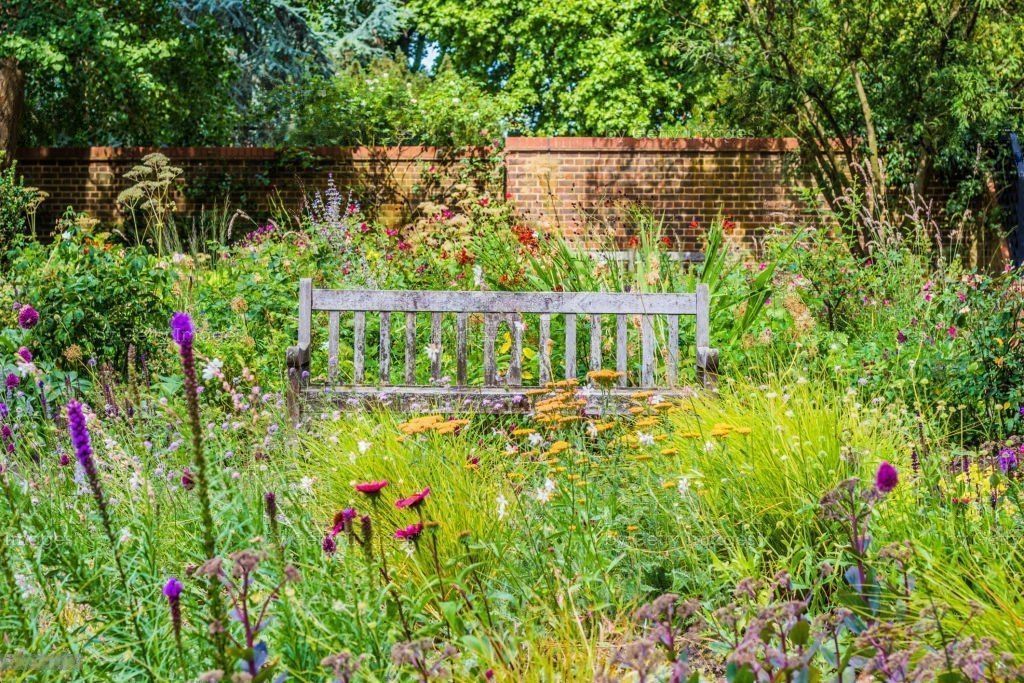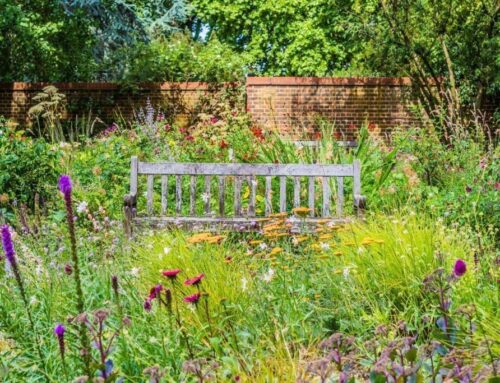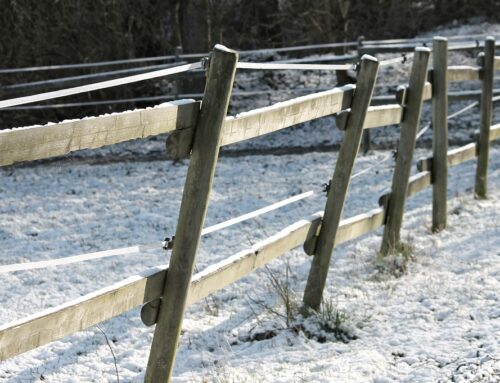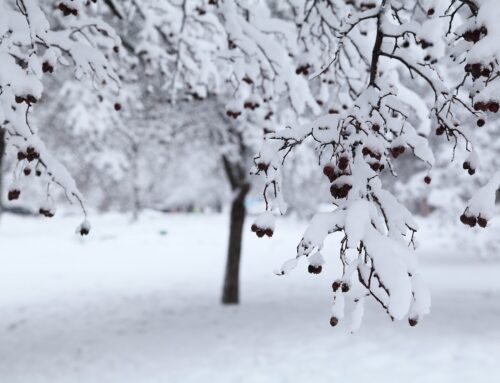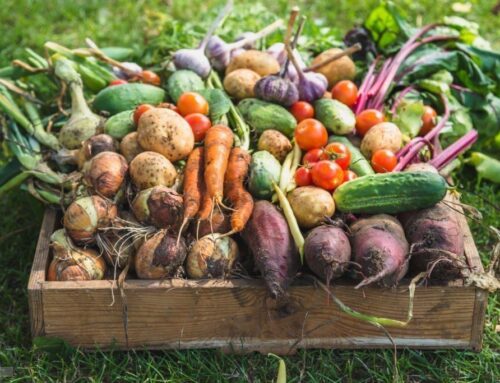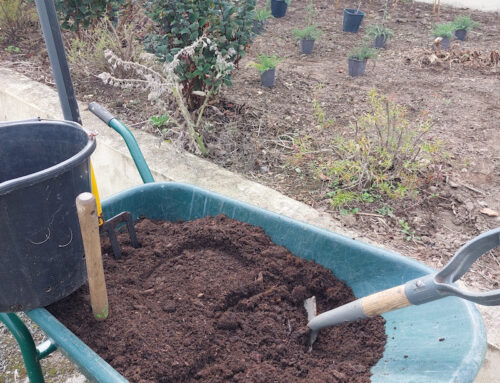Let me show you 13 easy ways to create a wildlife garden in Dublin and the surrounding towns.It’s not only good for your local birds, bees and other animals, it can have a real positive benefit to your mental health and well-being. One common misconception is that we have to let our gardens big or small turn in to a jungle to give a home to wildlife, this is just not the case. There are many small simple things we can do to help our local critters.
Why create a wildlife garden?
Our modern world is proving to be less inviting and more hostile to many of the animals we share this planet with.
Modern farming practices have destroyed soil fertility, hedgerows and the old wildflower hay meadows that used to be found throughout the countryside.
Our constant drive for urban sprawl is also threatening any remaining oases where wildlife is finding refuge. By giving up part of our gardens we can start to arrest this catastrophic decline in our pollinators and birds.
There are an estimated 2 million domestic gardens in Ireland or to look at it another way; 359,000 acres of usable land that we call our own little patch. Just imagine the impact if everyone dedicated just a small corner or patch to creating a wildlife friendly garden.
Here are 13 ways to make your little plot a wildlife haven
Follow some or all of these simple steps and I guarantee you that your garden will be full of life and helping you relax in your own oasis of nature.
Grow pollinator friendly plants
 Choosing the right plants for your wildlife garden is a great starting point. You’ll want to choose plants that produce plenty of nectar and pollen, and a selection that will flower at different times of the year to ensure not only endless colour but an always open larder for the bees, butterflies, hoverflies and moths.
Choosing the right plants for your wildlife garden is a great starting point. You’ll want to choose plants that produce plenty of nectar and pollen, and a selection that will flower at different times of the year to ensure not only endless colour but an always open larder for the bees, butterflies, hoverflies and moths.
When choosing your plants it is best to avoid highly bred cultivars that are often sterile and multi petaled. Instead choose single flowering open varieties such as dahlias, calendula, rudbeckia, cosmos and many more.
Checkout my blog posts on some of the best annuals and perennials for pollinators.
Feed the birds
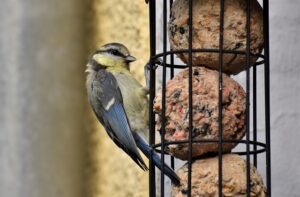 Bird feeders are one of the easiest and most satisfying ways to bring wildlife in to your patch. Nut and seed feeders can be purchased cheaply and filled with high energy goodies from your local pet store.
Bird feeders are one of the easiest and most satisfying ways to bring wildlife in to your patch. Nut and seed feeders can be purchased cheaply and filled with high energy goodies from your local pet store.
Ideally you should also provide a water source near to your feeders so the birds can drink. Keeping both your feeders and birdbath clean is very important. Many diseases can be passed from bird to bird and Trichomoniasis is of particular concern here in Ireland at the moment.
Read more about this terrible disease here and how to prevent it from spreading.
Create a wildlife pond
 Providing a source of water in a garden can be a real boost to wildlife. Big or small it doesn’t matter as every little helps. Your pond could be a specially made pond sunken in to the ground or even just a bucket or trough filled with water and a few plants.
Providing a source of water in a garden can be a real boost to wildlife. Big or small it doesn’t matter as every little helps. Your pond could be a specially made pond sunken in to the ground or even just a bucket or trough filled with water and a few plants.
You’ll be amazed at what wildlife will be attracted to it, birds, bees and other insects will come to drink, frogs, newts and dragonflies will lay their eggs for a new generation.
Try to site your wildlife pond in an area of the garden that get some sun and shade at different times of the day.
Help the Hedgehogs
 These prickly little critters are a gardeners best friend. They have a huge appetite for pests and slugs are definitely one of their favourites.
These prickly little critters are a gardeners best friend. They have a huge appetite for pests and slugs are definitely one of their favourites.
A simple way to help them is by making a wood stack in an undisturbed corner of your garden. Stack old logs and branches so you leave a cosy little hole in the middle for the hedgehogs to bed down in. Cover the stack with leaves and leafy branches.
Alternatively you could try a bit of garden diy and build a hedgehog house. Here I show you how to build a simple hedgehog house.
Build a bug hotel
 As gardeners we want to attract the helpful insect in to our gardens to help us with pest control. Insects such as ladybirds, hoverflies, lacewings, parasitic wasps, centipedes and spiders all do a great job of hunting down those unwanted guest that are destroying your flowers and vegetables.
As gardeners we want to attract the helpful insect in to our gardens to help us with pest control. Insects such as ladybirds, hoverflies, lacewings, parasitic wasps, centipedes and spiders all do a great job of hunting down those unwanted guest that are destroying your flowers and vegetables.
Read this blog post on how to make a bug hotel in your garden. it is really simple and a lot of the material is probably already laying around in your garden or can be found whilst out on nature walks. Collect bits of bark, straw, pine cones, bamboo, twigs, cardboard tubes, logs and leaves
Go purple
Although flowers of all colours will attract pollinators, purple seems to be a particular favourite among bees. From studies undertaken by various scientists it would seem that bumblebees have an in-born preference for the colour purple and this gives them a good start in life. Read more about this fascinating study here.
So make sure to have a splash of purple in your garden, try lavendar, salvias, nepeta and buddleja (butterfly bush) and watch them buzz with life.
Make a mini meadow
Setting aside a small part of your garden for a mini meadow is a great way to attract wildlife.
A mini meadow can be annual or perennial depending on your preference and what best suits your soil type.
Click here to find out more about creating a mini meadow in your garden.
Grow climbers
We all love to see what can often be ugly walls hidden by flowering climbers. Roses and clematis are excellent for wildlife, producing a profusion of flowers and a heavenly scent.
If you have a wall in an unused corner of your garden you might want to consider planting Ivy. You can keep it in check and stop it from spreading to other parts of the garden, but letting a small section flower and produce fruit will help provide both pollen and seeds for an autumn and winter feast.
Put up a bird box
 Who doesn’t love the sight of Blue, Great or Coal tits flitting around the garden from tree to shrub or a Black bird rummaging among leaves in the search for worms and grubs.
Who doesn’t love the sight of Blue, Great or Coal tits flitting around the garden from tree to shrub or a Black bird rummaging among leaves in the search for worms and grubs.
One surefire way to attract birds in to your garden is to put up a nest box. Many species will happily use a nest box provided by us, just make sure it is high up to avoid attention from cats and situated in a shady position.
November to February are the best times to install a bird box before the breeding season starts.
In this video I’ll show you how to make your own nest boxes and where best to position them in your garden.
Plant native trees
 Many of our native trees produce nectar rich flowers for pollinators and energy rich fruits for birds and mammals. If your garden has the space, it is worth including at least one variety.
Many of our native trees produce nectar rich flowers for pollinators and energy rich fruits for birds and mammals. If your garden has the space, it is worth including at least one variety.
Rowan, Wild cherry and Crab Apple are three great native trees that don’t get to big and provide both flowers and fruits for many of our pollinators and birds.
Let part of your lawn go wild
 A tightly clipped lawn is very much the mainstay of many gardens, but although they may look great to us, for wildlife they pretty much represent a barren desert.
A tightly clipped lawn is very much the mainstay of many gardens, but although they may look great to us, for wildlife they pretty much represent a barren desert.
I’m not saying that you have to let your full lawn go wild but leaving an un-cut strip down one side can really start to attract the wild life in.
By not mowing, wild flowers such as dandelions, daises and self-heal will have time to reach full flower.
Leave a gap in the fence
Many of our new build housing estates use fencing instead of hedges like we used to 50 years ago. This has lead to gardens effectively becoming isolated from each other. By leaving a small gap in a fence we link together our habitats and allow the free passage of hedgehogs and frogs and other animals.
Avoid using Herbicides & Pesticides
One of the biggest threats to wildlife in our modern world is the use of chemical weedkillers and pesticides.
Insects, good or bad, really are the backbone of any healthy garden ecosystem. When you have lots of insects present, other wildlife will soon follow.
The aim is to let nature come back in to balance by removing man made toxins. It might take a wee bit of time but the predator to pest ration will find its natural equilibrium.
There are many methods of natural pest control and mother natures predators are certainly number one.
Lets go wild
I hope you give some or all of these ideas a go in your garden, you will not be disappointed.
Pick an unused corner and create a mini wildlife haven that will allow you to connect to nature and switch off from the constant hum of modern life.
Enjoy :)

